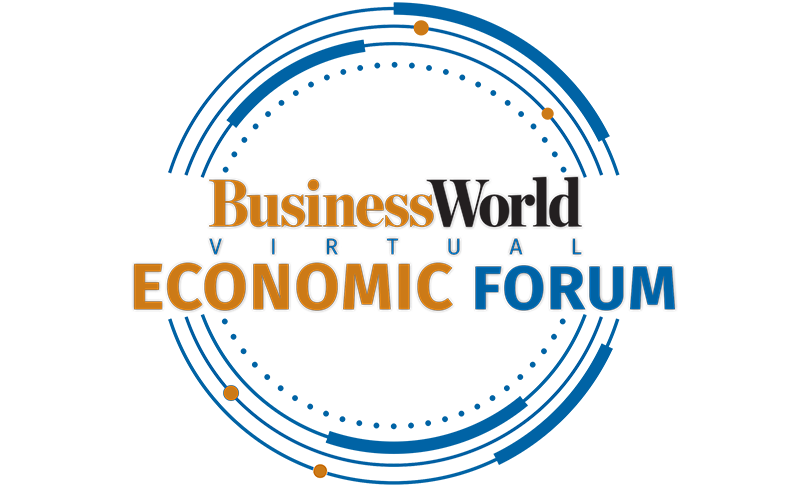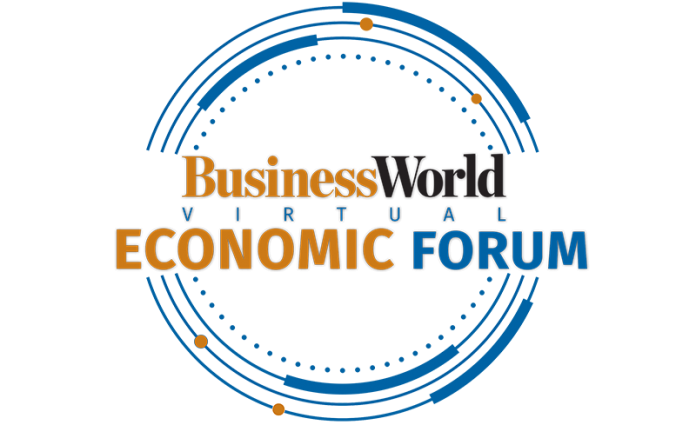CONSUMER CONFIDENCE in an economic recovery is lower in the Philippines compared with elsewhere in Asia, McKinsey & Co. said, citing the results of a study.
Only 42% of Filipinos considered themselves optimistic, while 9% were pessimistic and 49% unsure.
McKinsey & Co. Philippine Managing Partner Kristine A. Romano said at the BusinessWorld Economic Forum last week that “40-60% strongly agree that their jobs, their livelihood, (on a personal level) they’ve been very affected by the pandemic.”
 “Since the lockdown started, there really has been a decline in consumer optimism (in the Philippines) in contrast to China.”
“Since the lockdown started, there really has been a decline in consumer optimism (in the Philippines) in contrast to China.”
Philippine optimism in March was at 57%, then dropped to 42% in April and October. In contrast, optimism in China was at 48% in March, increasing to 56% in April then 58% in September.
In India, 58% are optimistic, while 53% of Indonesians are the same. Optimism in Japan is much lower, with 62% saying that they are unsure and 7% remaining optimistic.
“In India or in Indonesia, where arguably the level of health outcomes are somewhat similar, they’re much more optimistic than we are,” she said.
Ms. Romano said that she is closely tracking the fourth quarter data for the impact of the holiday season on Philippine consumer optimism.
She said consumer behavior in the Philippines is changing, with more people using mobile and contactless payments.
“The lower income segments are actually less optimistic, while the higher income segments have become more optimistic over time,” she said, adding that jobs could be more stable for white collar workers as they do more remote work.
Lower consumer confidence, she said, translates to postponed spending even if the workforce is earning.
She said interventions are needed to improve consumer confidence.
“On one hand, you could give away money, which, yes, works. But at the end of the day, what brings confidence is also how we communicate and how we create lighthouses of success,” she said.
“For example, is there a way that we can bring in significant FDI (foreign direct investment) into the country? Can we bring tens or hundreds of millions of FDI, rationalize whatever benefits we need to, make ourselves more competitive not just during the pandemic but during the long term, announce that, create jobs — and that’s the type of thing that will improve consumer confidence over the long term.”
Asked what she would advise companies, she said safety and localization drive consumption. This means that consumers buy from places that have safety protocols in place and are closer to them.
“If you’re not able to be nearby, can you shift online so that you can have the same convenience? I think there’s something to be said around the safety and convenience that you have to offer.”
Companies can also consider product lines that focus on value-driven consumers who either splurge to reward themselves or prefer to spend on value-for-money goods like smaller bite-sized foods.
She added that enabling digital interaction with consumers also helps.
“For example with malls, people now assume nobody is going to the malls. But in fact, people first now go to the website or Facebook page of the mall,” she said, to look at opening hours and other information.
She said that consumers no longer go to malls for leisure, but are instead “on a mission” to buy certain goods. Access to information, she added, gives them the confidence to go outside and make purchases.
The more quickly organizations are able to learn and adapt to different economic scenarios will determine whether they will succeed post-pandemic, she said.
Ms. Romano said that the pandemic is accelerating trends in ASEAN, including advancing manufacturing hubs, investing in green infrastructure, building high-value food industries, company digitalization, and reskilling workers. — Jenina P. Ibañez

